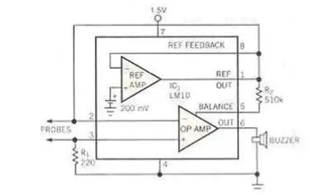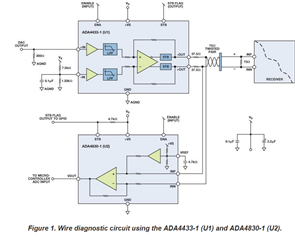Hello Team,
This article shows how to setup a short circuit detection circuit using LM10.
But our use case is little different and we really appreciate your support.
We need to power a daughter PCB with 12V from our back plane PCB.
The power to the daughter PCB will be off until we check the short and reverse polarity of the daughter PCB.
We are using a MOSFET on the back plane PCB to switch the power to the daughter PCB.
We will provide the power to the daughter PCB only after the reverse polarity and the short circuit on the daughter PCB is tested and only if it is OK.
Can I use the circuit below for my purpose.
The output will be isolated and will be fed to an ADC.
Or can anyone suggest a circuit to check the reverse polarity and short circuit on the board?
Looking for your reply.
-
Ask a related question
What is a related question?A related question is a question created from another question. When the related question is created, it will be automatically linked to the original question.


